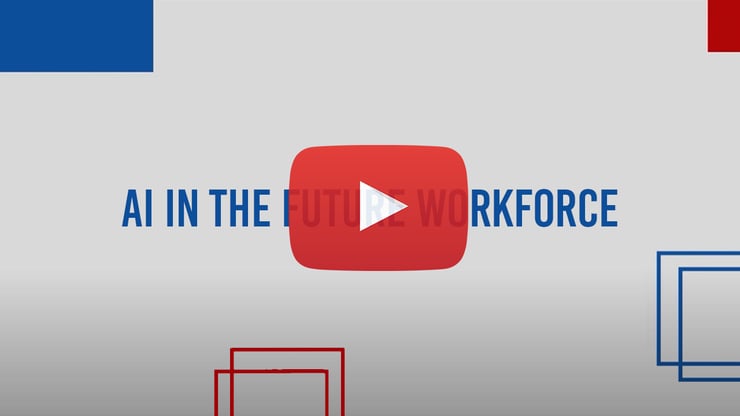One of the most common complaints I hear from CIOs is about the difficulty in obtaining the proper level of funding. It hasn’t helped that there has been continuing pressure to reduce the cost of higher education, making IT’s cut of the pie (at times a shrinking pie) more difficult. In this post, I outline a model for objective and transparent presentation of IT service costs and project proposals to promote a positive funding decision with the institutional governance.
Develop Service and Project Portfolios
Development of a service portfolio is an essential element of this model. Only by documenting IT’s services in terms that the funding decision makers can understand can funding of services be objectively discussed. Service portfolio development is a lengthy subject which we will touch on in a future blog post. But the point is to outline IT’s services in categories and sub-categories that can be understood by non-technical administrators.
The project portfolio is documentation on projects and their associated costs that can also be understood by the business function personnel. Again a lengthy subject, but for now, the project portfolio is documentation of the benefits and costs of a proposed project.

Allocate Costs to Services and Estimate Project Costs
Allocate real costs to each of the services. If one of the service portfolio items is the Network, allocate to it all of the salary and non-salary expenditures which support that service. Determine if sub-categories are needed (such as differentiating the cost for voice services and data services) and allocate to them as necessary. Salary allocation will require judgement and a rationale for the allocation. Non-salary expenditures may be more easily allocated, but there also may be some splits required to account for common elements.
The total of the services should equal the total IT expenditure. Keep in mind that you may have to justify your allocation and that there will be questions about services that may not have been broken out. Common costs such as administration, IT financial management, data center, et cetera, will have to be spread across the services with some methodology.
The project portfolio item needs to be developed with all the costs for initial implementation as well as the ongoing costs.
Develop Metrics for the Service Portfolio Elements
Developing meaningful metrics to associate with the Service Portfolio items is a challenging task. Each institution will have different areas of interest. However different, I believe that one of the most important metrics will be related to cost of delivery for a service population. Using the Network service portfolio example, a metric might be total headcount. So the unit cost for the network might be the total network cost divided by the total headcount of students, faculty, and staff. So, if the total cost of the network is $4M and the total headcount is 20,000, the cost per unit is $200. Developing meaningful metrics will be the subject of another blog.

Develop a Year-Over-Year Costing Model
The metric just used as an example will have no business meaning until it can be used in a year-over-year comparison. So, one objective (that will make the CFO happy) is to see the unit cost for services reduced through efficiency. While the network cost may remain constant, if the headcount increases to 22,000, the unit price will then be $181.18. This demonstrates efficiencies which, in most institutions, would be welcome.
As we all know, costs don’t always go down due increases in maintenance, salary increases, etc. If the data behind the costs is properly established for drill down, those costs can be easily accessed to demonstrate how the cost for a service increased (likely beyond the control of IT).
Develop a Story on All Projects
The items in the project portfolio need to be developed with the costs and the benefits as mentioned. Each proposed project will be positioned for evaluation based on the business model and impact on costs. It could be, for example, a project which would invest in new routers and reduce the maintenance cost of the network.
Each project must have a story on which the decision makers can understand and be objectively positioned to make the best decisions.

Present to the “Buyer’s Board”
The term “Buyer’s Board” is used to represent those who make the decisions on IT investment. It could be the CFO, the President and/or his/her cabinet, the Deans, the Provost, et cetera. It is not always clear.
No matter what the buyer’s board is (and there may be multiple groups involved but hopefully only one decision maker), presenting the service portfolio with its associated metrics and the project portfolio is the key step.
If properly prepared and presented, the service portfolio costing model (with metrics) and the project portfolio will provide the objective, transparent model through which positive decisions will be made.
Work Within Decisions
Work throughout the fiscal year with the approved budget. Utilize the model to build the service portfolio and project portfolio model for presentation in the next budget cycle. Funding is a year-around process, so make and keep to a calendar in order to stay on track.
About the Author
George Ellis is V-Soft Consulting's Higher Education Consultant based in Orlando, Florida. George has over 25 years of experience in working in higher education, primarily working in IT. Having worked in both higher education and the private sector, George is very well-rounded and knows the similarities and difference between each. Connect with George on LinkedIn.
















